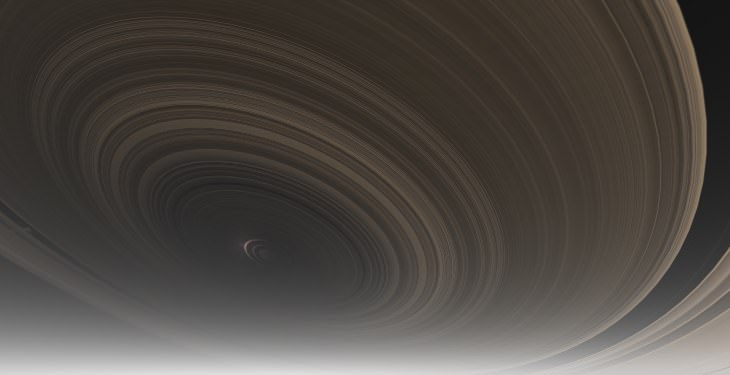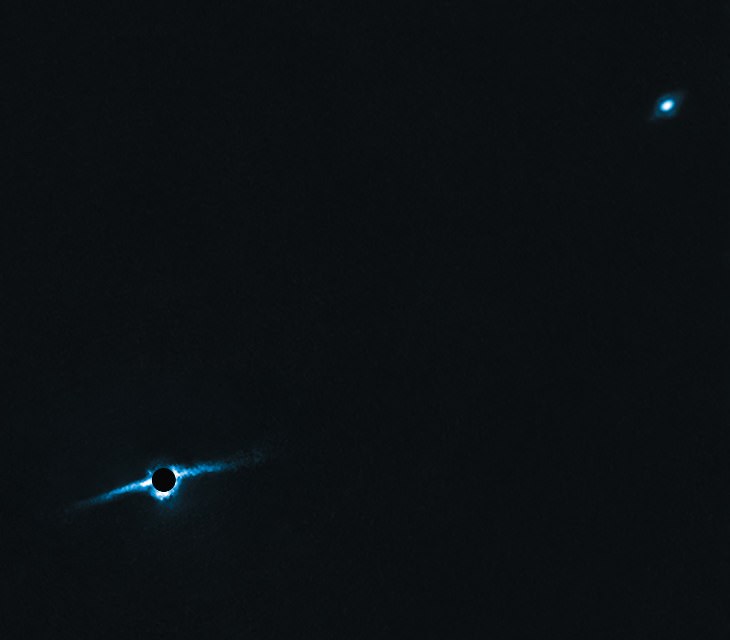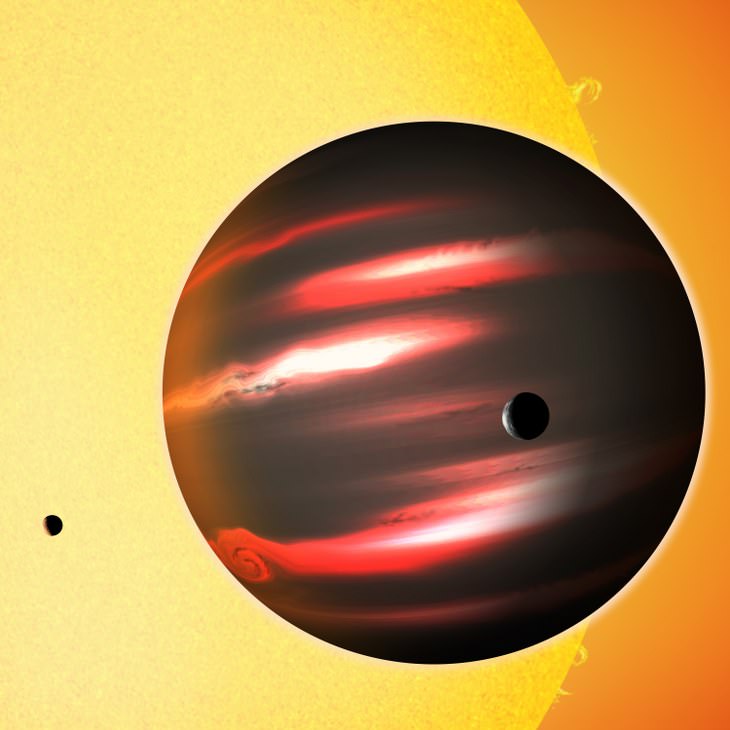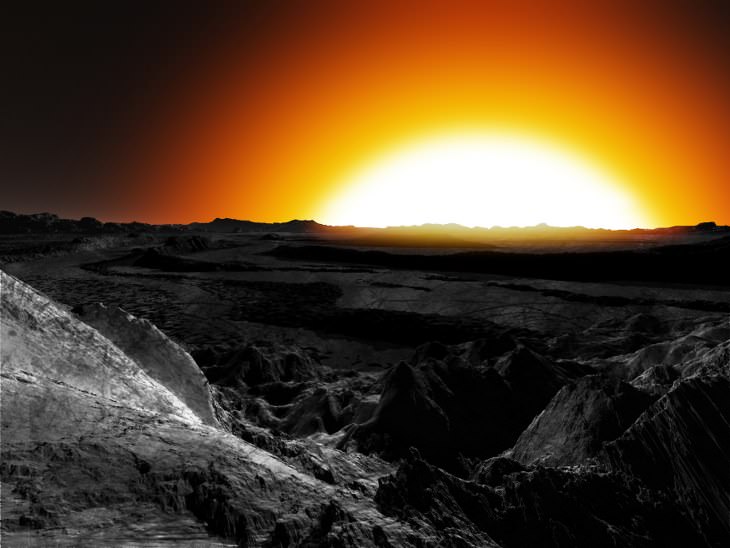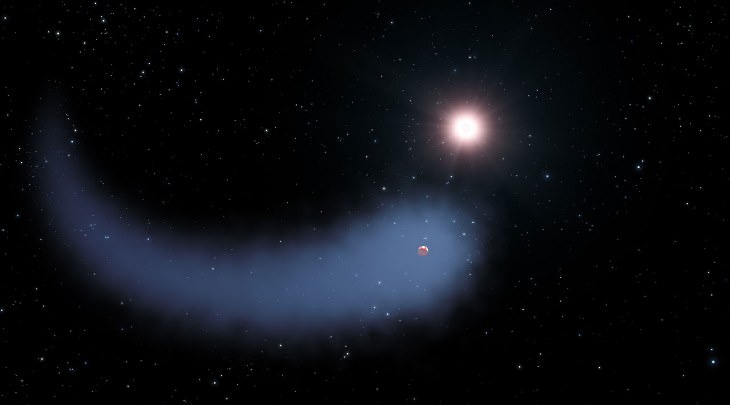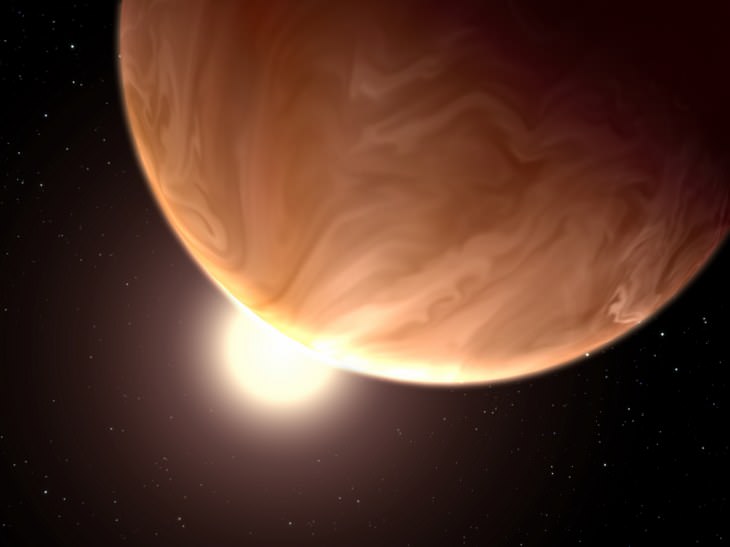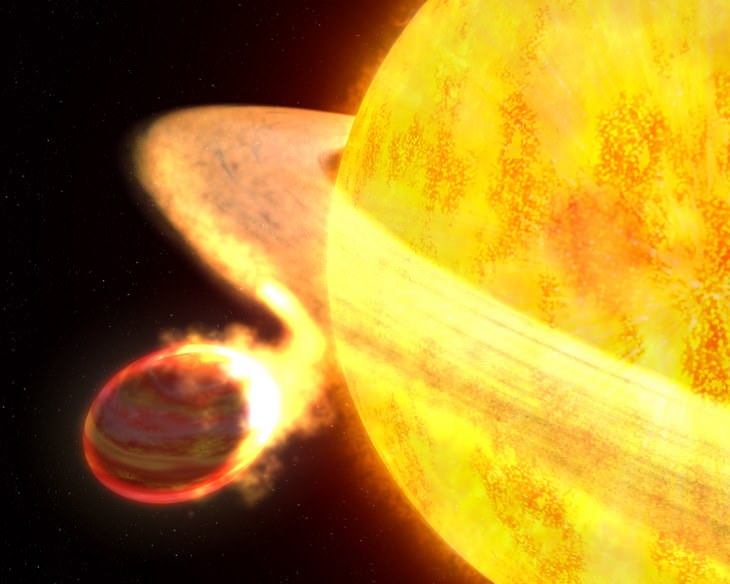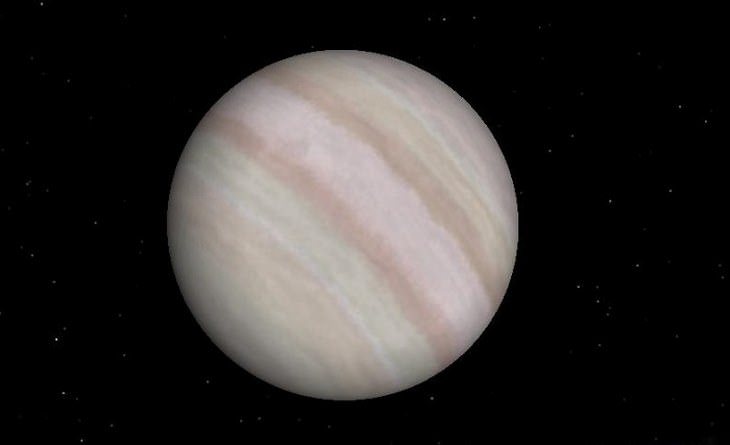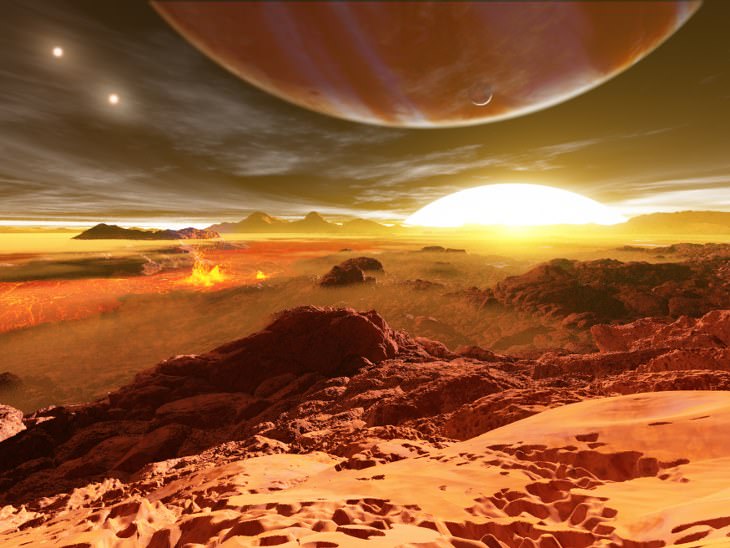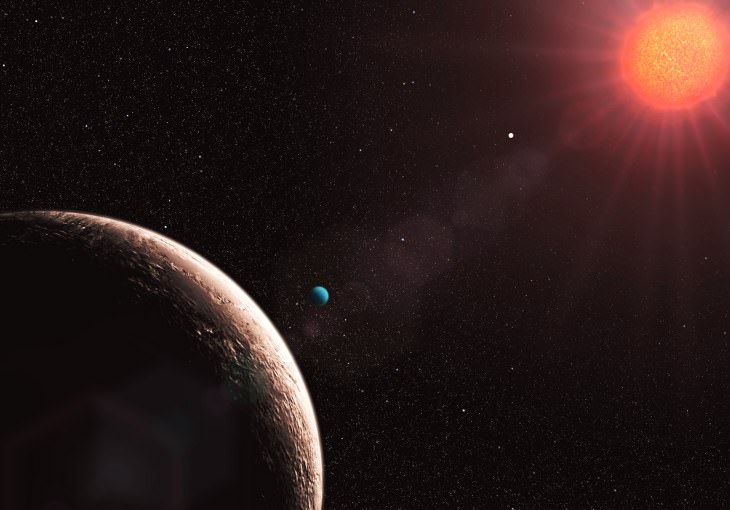1. J1407b
Frequently described as 'Super-Saturn,' J1407b looks like one massive optical illusion. Located approximately 434 light years away from Earth, it's mass is about 40 times that of Jupiter, and it also has 37 rings which span around 120 million kilometers. To put that into our own galaxy's perspective, that's about 200 times the size of Saturn's rings. However, Eric Mamajek, who is a UR Physics and Astronomy professor, believes that these may actually be visual images of the formations of moons. He said that, "this is probably the first indirect evidence we have of moons forming around planets outside of our solar system. And that has never been seen before.”
2. HD 106906 b
HD 106906 b is eleven times as big as Jupiter, and is 650 times further away from its star than Earth is from the sun. However, despite its vast distance from its host star, this planet's average temperature is around 1500°C. This mysterious planet has been baffling scientists since its discovery, and many believe that it shouldn't even be in orbit due to its staggering distance from any stars.
3. TrES-2b
TrES-2b has become famous for being the darkest planet ever observed. This massive gas giant doesn't reflect any light and is entirely coal black, despite orbiting at a distance of only 3 million miles from its host star. David Kipping from the Harvard-Smithsonian Center for Astrophysics said “being less reflective than coal or even the blackest acrylic paint—this makes it by far the darkest planet ever discovered. If we could see it up close it would look like a near-black ball of gas, with a slight glowing red tinge to it — a true exotic amongst exoplanets.”
4. 55 Cancri e
Here's one for all the gold-diggers out there! The exoplanet, 55 Cancri e, can be found just 40 light years away from Earth, and is mostly made up of diamonds. This makes it almost eight times as heavy as our planet, despite only being twice the size. Nikku Madhusudhan, from Yale, said that "this is our first glimpse of a rocky world with a fundamentally different chemistry from Earth. The surface of this planet is likely covered in graphite and diamond rather than water and granite.”
5. Gliese 436 b
Gliese 436 b is one of astronomy's most baffling contradictions, and has been jokingly nicknamed the 'burning ice planet.' This is because while the planet itself has an average temperature of 439°C, it is surrounded by a very cold cloud of hydrogen that's 50 times its size. Thanks to the reaction that takes place between the planet and the hydrogen cloud, a stunning trail of evaporated matter can be seen following the planet's orbit.
6. GJ1214b
Discovered in 2009, GJ1214b has a thick and steamy atmosphere, and is similar in size to Earth. Zachory Berta, from the Harvard-Smithsonian Center for Astrophysics, said that "a huge fraction of its mass is made up of water," and that "the high temperatures and high pressures would form exotic materials like 'hot ice' or 'superfluid water,' substances that are completely alien to our everyday experience." Fascinating!
7. WASP-12b
If you're looking for somewhere nice and warm to escape to, then nowhere is better than WASP-12b. In fact, WASP-12b is by far the hottest exoplanet that has ever been discovered, with average temperatures of around 2250°C! This is due to its close proximity to its host star, since at just 2,115,000 miles it is 44 times closer than Earth is to the sun. This results in a year on WASP-12b lasting a mere 24 hours, more or less.
8. WASP-17b
WASP-17b is a highly unique planet for two different reasons. First of all, it orbits its host star in the opposite direction, something which no other planet has ever been observed doing. Secondly, it's the fluffiest planet that we know of, having just half the mass of Jupiter, in spite of being over twice its size.
9. HD 188753
Sci-Fi lovers hold onto your hats, since a planet that resides within a triple star system has actually been discovered! To put things simply, this means that HD 188753 is a planet which is orbiting a star, which is orbiting a star, which is orbiting a star. Pretty simple, huh? Dr. Maciej Konacki from the California Institute of Technology said that, " the sky view from this planet would be spectacular, with an occasional triple sunset. Before now, we had no clues about whether planets could form in such gravitationally complex systems."
10. Gliese 581c
Quite possibly the most famous planet on this list, Gliese 581c rose to fame in 2007, when it was proclaimed to be a potentially hospitable planet. Nicknamed 'Super-Earth,' Gliese 581c has a mass that is a whopping five times that of Earth. Unfortunately, further inspection revealed that Gliese 581c is tidally locked, meaning that only one side of the planet ever faces its host star, leaving the rest of it in darkness.

